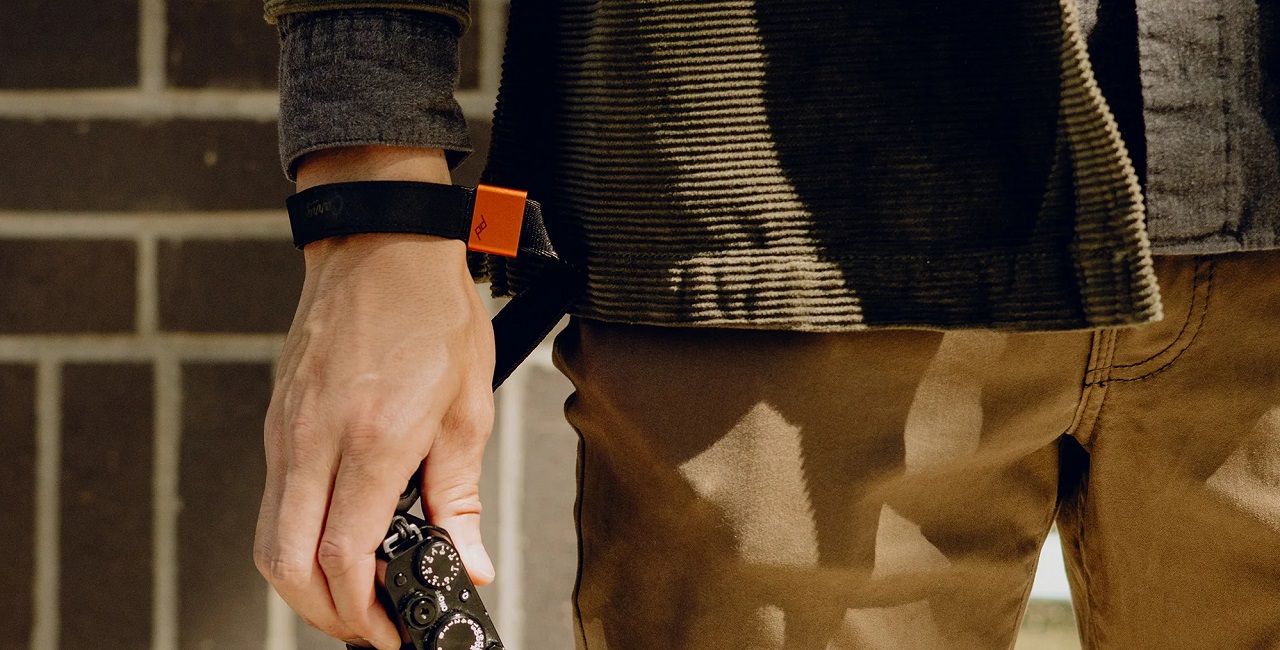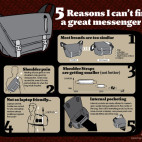10 Gifts Under $50 Perfect for Stocking Stuffers
Good carry doesn’t have to break the bank, you know? Whether you’re treating yourself, upgrading your sibling’s gear, or fulfilling a secret Santa role, we’ve pulled together some of the best gifts under $50.
The James Brand 3-Pack Titanium Key Rings (US$12)

The James Brand offers an easy way to add a sophisticated touch to your carry setup with this pack of three split-ring titanium key rings. Strong and lightweight, the titanium construction is also slightly quieter than stainless steel, helping to keep annoying jangling at bay while you’re on the move.
Matador Waterproof Pill Canister (US$20)
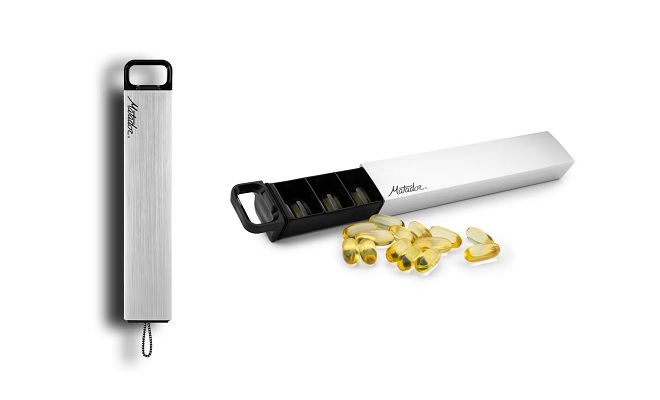
Get all-in-one organization and protection for pills and supplements with Matador’s crush-proof and waterproof pill canister. Made with a tough anodized aluminum shell, it features a sliding insert easily accessed via the push bottom or pull top. Seven interior numbered slots offer useful organization and tracking, while an exterior paracord hang loop provides flexibe portability and storage.
Whiskey Peaks Set of 2 Whiskey Glasses (US$25)
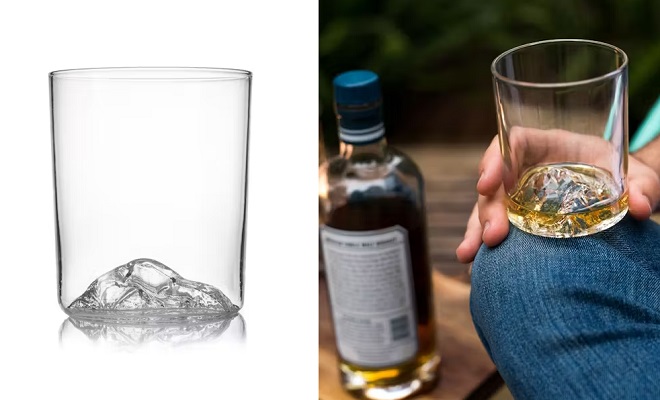
Love whiskey and the outdoors? Enjoy both simultaneously with this set of two crystal whiskey glasses, which come in a range of iconic mountain designs such as Mt Everest, Denali, the Grand Canyon, Half Dome, and more. Made with 100% lead-free handblown glass, this stylish set elevates the experience of enjoying your favorite tipple with a fun and unique twist.
BioLite HeadLamp 325 (US$37.46)

Light up your adventures with BioLite’s HeadLamp 325, a USB-rechargeable headlamp offering up to 325 lumens for convenient illumination during camping trips, outdoor or urban runs, or even emergency use during power cuts or in low-light conditions. The headlamp offers flood and spot modes, a choice of red and white lighting modes, an articulating front bezel to angle the light, and a thoughtful 3D SlimFit Construction that integrates electronics directly into the band for a secure and comfortable fit.
MiiR x Carryology Wide Mouth Bottle (from US$39.95)
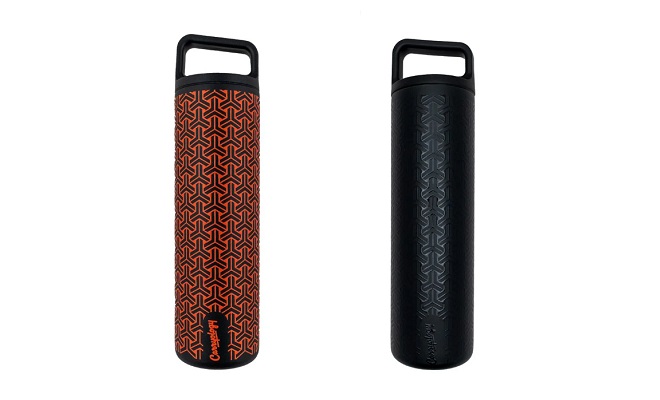
We teamed up with MiiR to help you stay hydrated in style with our collaborative Wide Mouth Bottle. Part of our Carryology Essentials program, we’ve put a striking spin on MiiR’s 20oz and 32oz Wide Mouth Bottle with our signature Auxikko pattern available in both black and orange colorways. The pattern is not only eye-catching but provides enhanced grip too, while MiiR’s Thermo 3D® double wall vacuum insulation ensures hot drinks stay hot and cold drinks remain cold depending on your needs.
Peak Design x Carryology Cuff Camera Wrist Strap (US$39.95)
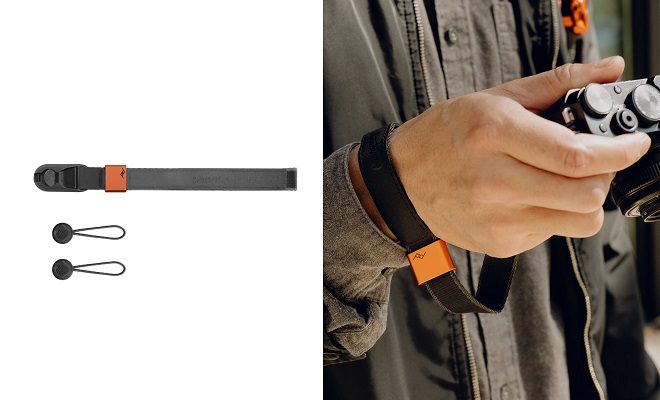
A photography-focused addition to our Carryology Essentials program, the Peak Design x Carryology Cuff Camera Wrist Strap salutes best-in-class design while elevating it with thoughtful features such as ultra high molecular weight polyethylene (UHMWPE) fibers in the strap edges. This significantly boosts cutting and slash resistance, helping thwart on-body theft. Additional features include custom orange anodized aluminum hardware, a Peak Design x Carryology custom laser-etched hypalon patch, and understated all-black Anchors.
Hestra Windshield Liner Glove (US$45)

Enhance your favorite gloves and protect your digits with Hestra’s Windshield Liner Gloves. Made with a windproof but breathable polyester stretch fabric, the liners are designed to fit under most gloves and feature touchscreen-compatible thumb and index fingers, along with a fleece cuff with a hanging loop. The perfect solution to making your existing gloves even cozier, the liners can also be used as standalone options in milder weather.
Bellroy x Carryology Pencil Case (US$45)
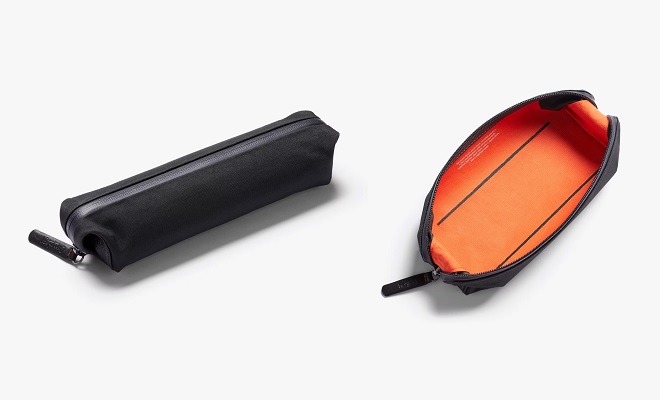
The multifunctional Bellroy x Carryology Pencil Case is a savvy organizer for stationery, tools, small tech accessories, travel essentials, and more. Made with water-resistant fabric, a water-resistant YKK zipper, and custom Auxikko patterned leather detailing, the case folds out flat to create a tray for easy access. And with its hi-vis orange lining, you can quickly discern individual items to grab what you need in a jiffy.
Arc’teryx Mantis 2 Waist Pack (US$50)
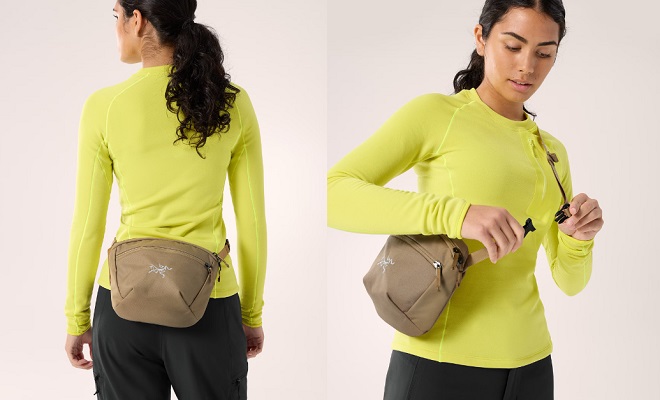
Shoulder bag? Waist bag? Why not both? The Arc’teryx Mantis 2 does double duty as both a shoulder bag or waist bag, moving easily between town and trail. Made with water-resistant, 100% recycled polyester pack fabric, the bag offers a variety of pockets for organizing small essentials including front and back quick-access pockets and two interior pockets. Ideal for carrying the essentials, this versatile bag easily transitions between EDC, outdoor, and travel use.
Finisterre Nautilus Pocket Pack Bag (US$55)
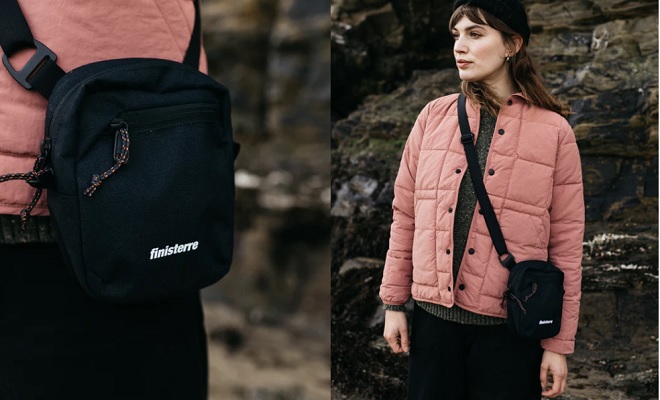
Technically not under $50 (but close enough!), Finisterre’s Nautilus Pocket Pack Bag is a great option for carrying smaller loads both day-to-day and during your travels. Sustainably built with water-resistant, 100% recycled 500D ripstop nylon, the bag is lightweight but durable and features an exterior quick-access pocket and an adjustable crossbody strap.
A heads up: Carryology is proudly backed by Bellroy. You can read more about how we started here.
Most of the products we review are also generously gifted from the brands.
If you find something that sparks your interest and click through and purchase via our affiliate links, we may get a referral fee from the brand or retailer. It helps us to make more content and build this channel. Although, we’ll just point out, some brands don’t have affiliate options, and that’s cool with us too. If the carry is awesome, we recommend it!





 Carry Awards
Carry Awards Insights
Insights Liking
Liking Projects
Projects Interviews
Interviews
